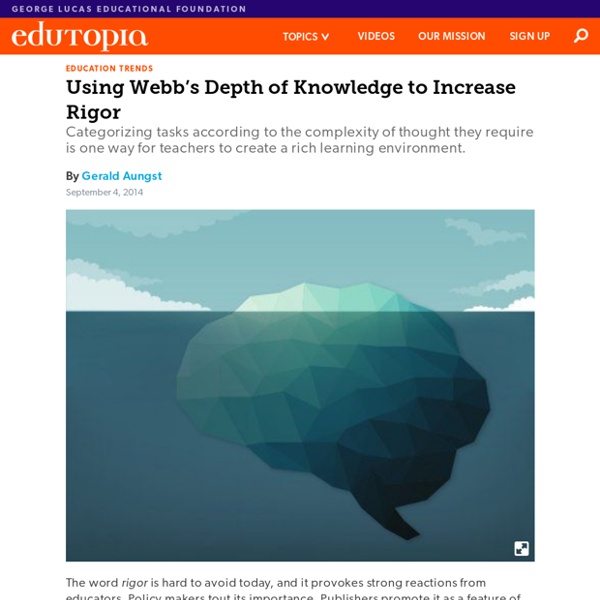10 tips for talking about news, politics and current events in schools
In schools everywhere, students are deeply affected by current events. Certain policy changes and related commentary can cause children to experience fear, confusion and anxiety. For example, some kids might fear deportation.
Using Data to Plan Effective Math Remediation
Let’s face it–data is everywhere. In a school setting, the data that drives our instruction comes from assessments, which we usually classify as either formative or summative. Typically, we define formative assessment as assessment for learning. It is more informal and usually comes in the form of quick, frequent assessments. Think Tickets In, questioning, journal reflections, and teacher observations or discussions from small group instruction. Formative assessment is taking the pulse of student understanding so we can plan our next moves.
Developing a lifelong learning mindset in students
During the COVID-19 pandemic, the disruption of face-to-face teaching in schools led to 1.6 billion students being forced to adapt to a more challenging alternative – remote schooling. While some students were able to keep up with the transition to remote learning, many others, particularly young and socioeconomically disadvantaged learners, experienced large learning losses. A clear factor of these unequal outcomes may be the lack of digital infrastructure in disadvantaged homes or a lack of previous experience with digital tools. But inequalities in educational achievement are not only determined by economic status.
48 Critical Thinking Questions For Any Content Area -
48 Critical Thinking Questions For Any Content Area by Ashley McCann Critical thinking is the heart and soul of learning, and–in our estimation anyway–ultimately more important to than any one specific content area or subject matter. It’s also an over-used and rather nebulous phrase — how do you teach someone to think? Of course that’s the purpose of education, but how do you effectively optimize that concept into lasting knowledge and the ability to apply it broadly?
Why iReady is Dangerous – Math Exchanges
This school year Fairfax County Public Schools, the 10th largest school division in the United States, adopted the iReady assessment as a universal screener across all of its elementary schools. Students in grades K-6 take these assessments individually on the computer three times per year, and the results are made available to both teachers and parents. According to Curriculum Associates, the company that makes iReady, these assessments are an “adaptive Diagnostic for reading and mathematics [that] pinpoints student need down to the sub-skill level, and [provides] ongoing progress monitoring [to] show whether students are on track to achieve end-of-year targets.” The Fairfax County Public Schools website further asserts that iReady is a “tool that has the potential to streamline Responsive Instruction processes, promote early identification and remediation of difficulties and improve student achievement.”
Using Success Criteria to Spark Motivation in Your Students
Think about a time when you were learning something. Did you know where you were going in the learning progression? Did you understand the outcome?
edutopia
Challenging students to dig in and achieve their potential during instructional hours confronts a mighty obstacle: the principle of least effort, the idea that people apply nominal effort to achieve a basically acceptable result instead of pushing themselves in pursuit of greatness. We might be tempted to conflate low effort with laziness, but that misses an important physiological point: To conserve finite attention funds, our brains are designed to avoid tasks that are cognitively demanding. Daniel Kahneman, author of Thinking, Fast and Slow, describes two modes of thinking. The efficient and fairly unconscious mode is System 1. Involuntarily reading a Wheaties box, scorning new “athleisure” clothes, and opening a combination lock are all System 1 mental events. In contrast, System 2 mental activities are things like solving quadratic equations or summarizing why the Kurdish people don’t occupy a permanent nation-state.
6 Types Of Assessment Of Learning
6 Types Of Assessment Of Learning by TeachThought Staff If curriculum is the what of teaching, and learning models are the how, assessment is the puzzled “Hmmmm”–as in, I assumed this and this about student learning, but after giving this assessment, well….”Hmmmmm.” So what are the different types of assessment of learning? This graphic below from McGraw Hill offers up six forms; the next time someone says ‘assessment,’ you can say “Which type, and what are we doing with the data?” like the professional you are.



